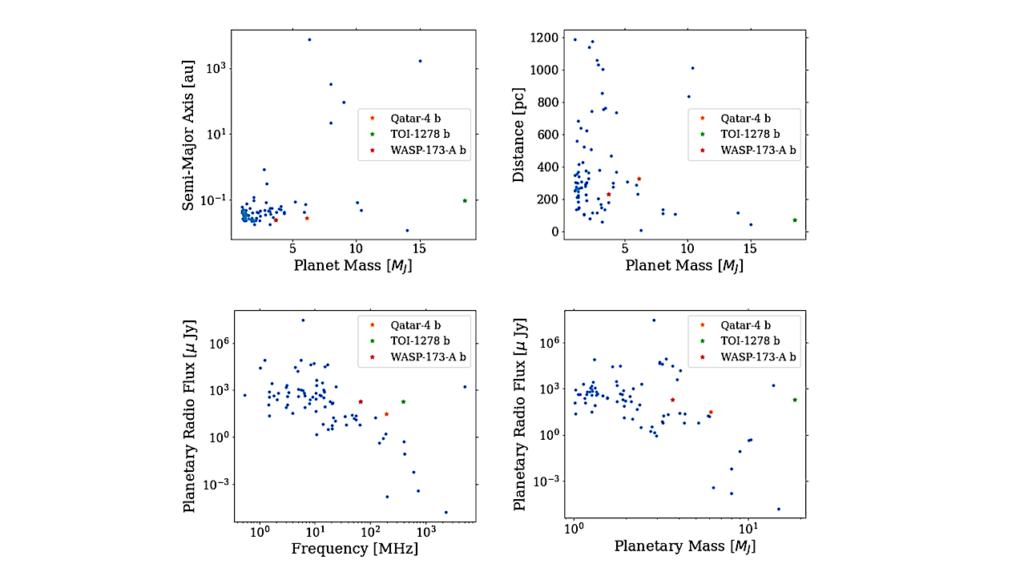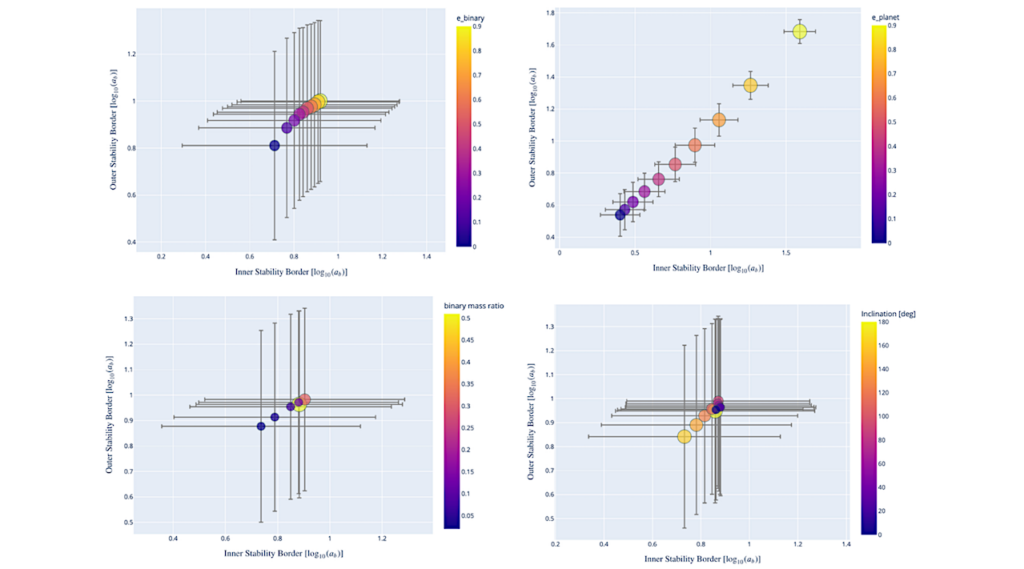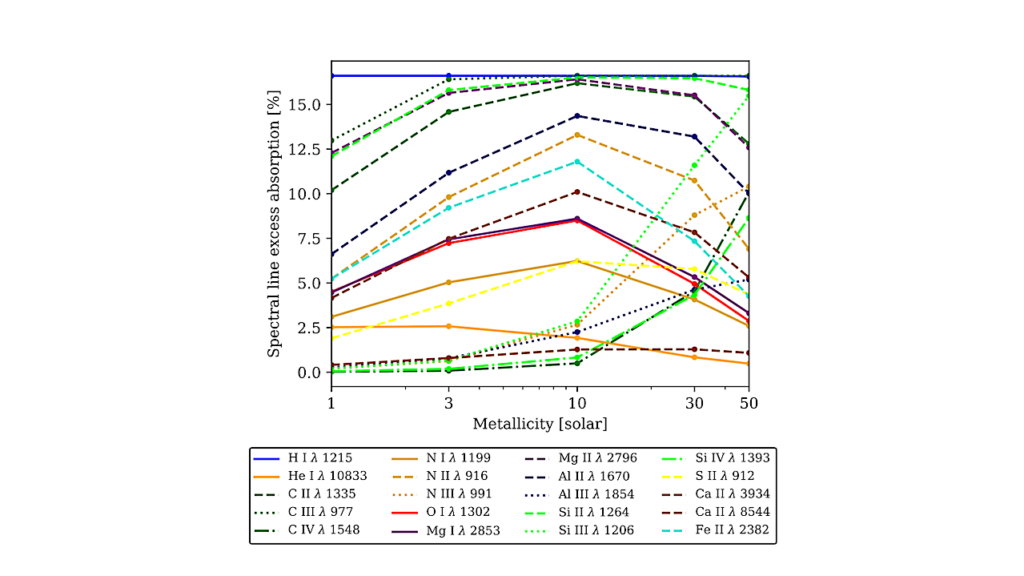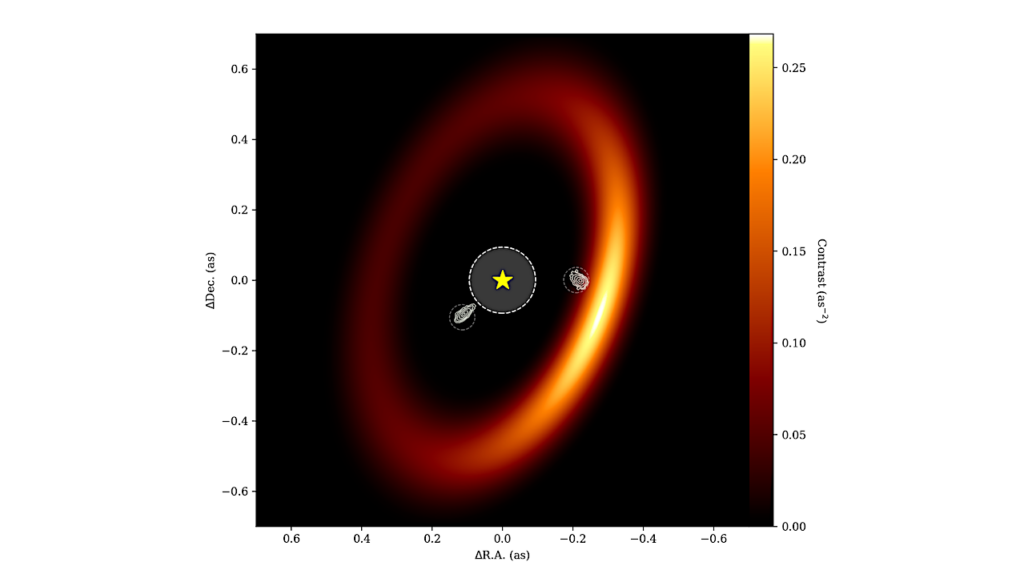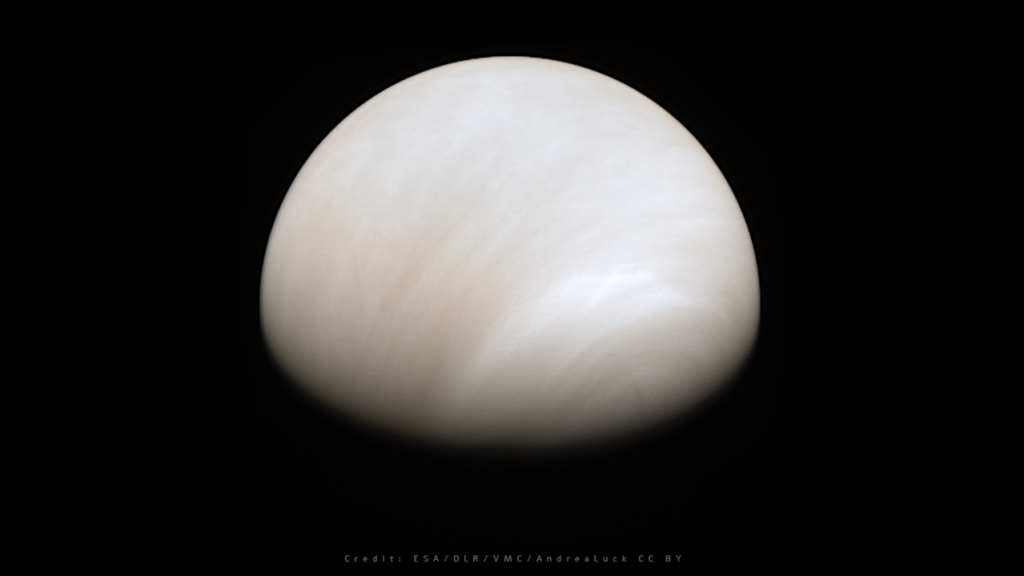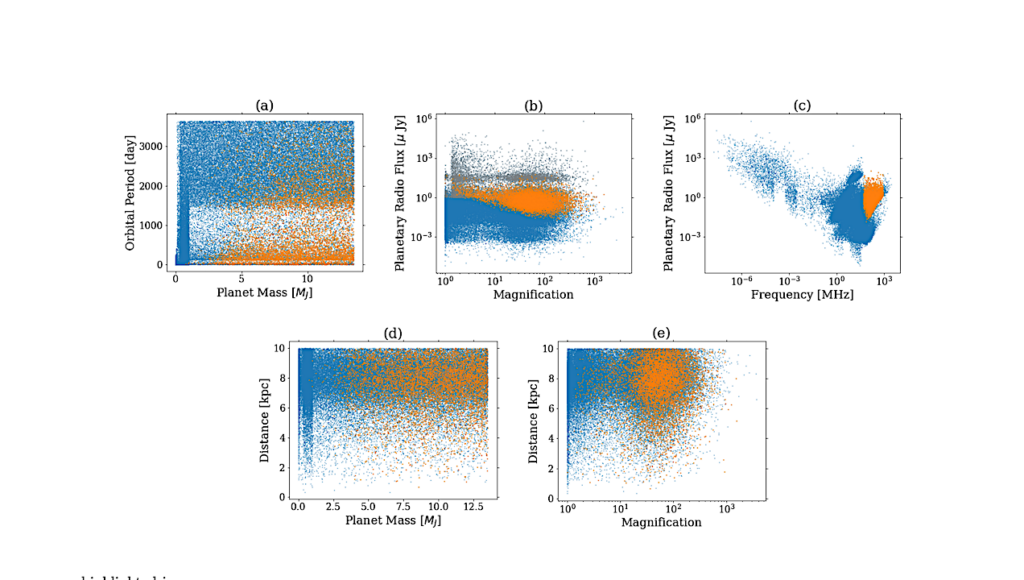Stellar Activity Masquerading as Planets in the Habitable Zone of the M dwarf Gliese 581

The M dwarf Gliese 581 is believed to host four planets, including one (GJ 581d) near the habitable zone that could possibly support liquid water on its surface if it is a rocky planet.
The detection of another habitable-zone planet–GJ 581g–is disputed, as its significance depends on the eccentricity assumed for d. Analyzing stellar activity using the H-alpha line, we measure a stellar rotation period of 130+/-2 days and a correlation for H-alpha modulation with radial velocity. Correcting for activity greatly diminishes the signal of GJ 581d (to 1.5 sigma), while significantly boosting the signals of the other known super-Earth planets. GJ 581d does not exist, but is an artifact of stellar activity which, when incompletely corrected, causes the false detection of planet g.
Paul Robertson (1 and 2), Suvrath Mahadevan (1 and 2 and 3), Michael Endl (4), Arpita Roy (1 and 2 and 3) ((1) Department of Astronomy and Astrophysics, The Pennsylvania State University, (2) Center for Exoplanets & Habitable Worlds, The Pennsylvania State University, (3) The Penn State Astrobiology Research Center, The Pennsylvania State University, (4) McDonald Observatory, The University of Texas at Austin) (Submitted on 3 Jul 2014)
Comments: This is the author’s version of the work. It is posted here by permission of the AAAS for personal use, not for redistribution. The definitive version was published in Science Express (3 July 2014), doi:10.1126/science.1253253
Subjects: Earth and Planetary Astrophysics (astro-ph.EP)
Cite as: arXiv:1407.1049 [astro-ph.EP] (or arXiv:1407.1049v1 [astro-ph.EP] for this version)
Submission history From: Paul Robertson [v1] Thu, 3 Jul 2014 20:00:07 GMT (1154kb,D)


